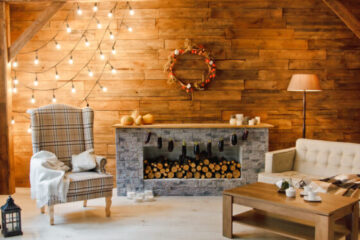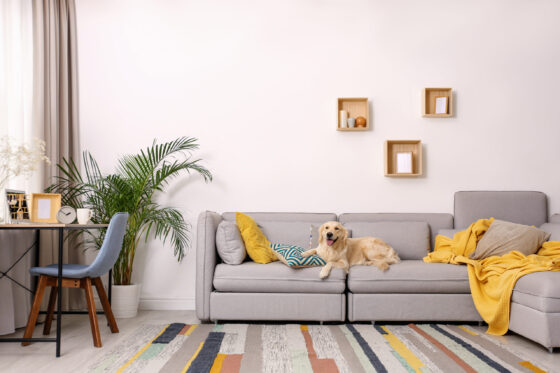Now that fall is officially here, it’s time to start thinking about switching up your décor to fit the new season. Check out these ideas for decorating your home this fall!
Try Out Different Patterns
Beyond the traditional red, orange, and green color palettes, fall is a great time to play around with various patterns. Plaid and tartan are very popular for fall and allow you to use different and often unique color schemes.
Let the Light In
As it starts getting dark earlier, you’ll likely find yourself using additional light sources more often in place of waning natural lighting. Use candlesticks on your dining room table and spread scented candles around your home. String lights are another fun way to add light to any room or outdoor space.
Up Your Cozy Factor
As temperatures begin to drop, many of us start spending less time outside and more time bundling up indoors. Use blankets and pillows as accent pieces in your home. This can be a great way to utilize interesting patterns and colors in an eye-catching yet functional way.
Bring the Outside Indoors
Fall is one of the most visually striking seasons. Bring a piece of the lovely fall foliage inside by displaying leaves, acorns, and pine cones in some way; try creating a wreath or using them in a table spread. Flowers aren’t just for spring and summer; there are some beautiful flowers that bloom in fall. Mums, pansies, marigolds, black-eyed Susans, and asters are just a few of the fall flowers that can enhance the look and feel of your home. When it comes to decorative fall produce, we all know pumpkin is king. While they’re definitely a great option, don’t be afraid to think outside the pumpkin-shaped box and explore other types of products such as flint corn, corn husks, gourds, and apples. These can be a beautiful addition to your front porch or a table centerpiece.
Go Online for Inspiration
Thanks to the internet, we have seemingly endless information at our disposal. There are so many places online where you can source decorating ideas. Pinterest is a great place to start for visual inspiration but there are countless other sites and blogs you can browse. Check out HGTV’s favorite fall decorating ideas and Country Living’s best fall decorating ideas to turn your home into a seasonal escape.
Have Fun with It
Regardless of whether you stick with traditional fall decorating motifs or try something new, the most important thing is that it makes you feel like the look of your home is elevated and helps you embrace and celebrate the new season. If you have kids—and even if you don’t—you may want to emphasize the “spooky” aspects of fall and things associated with Halloween such as ghosts, witches, mummies, vampires, jack-o-lanterns, and even candy. What matters most about your decorating is that it makes you happy!
If you’re interested in buying a new house or refinancing your current home, contact our experienced loan officers today for more information!



